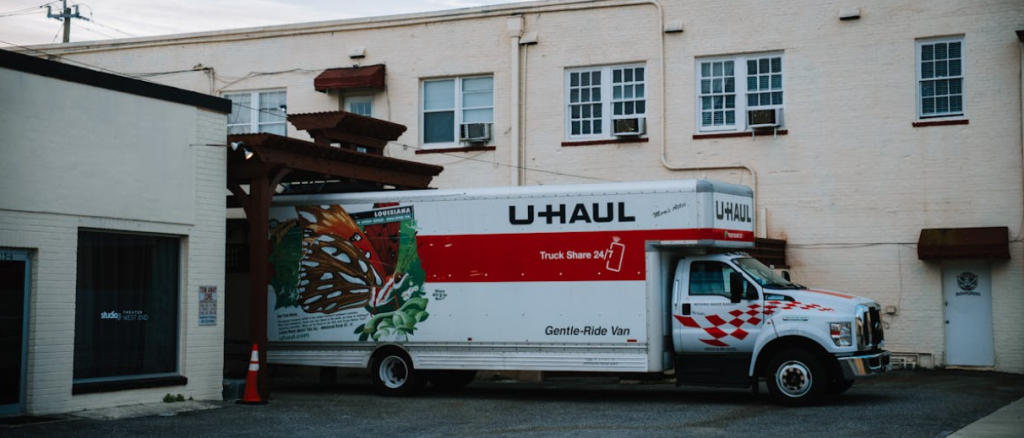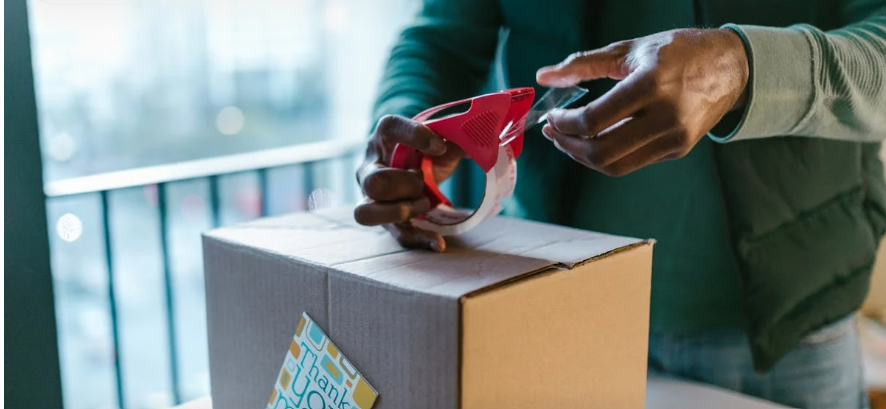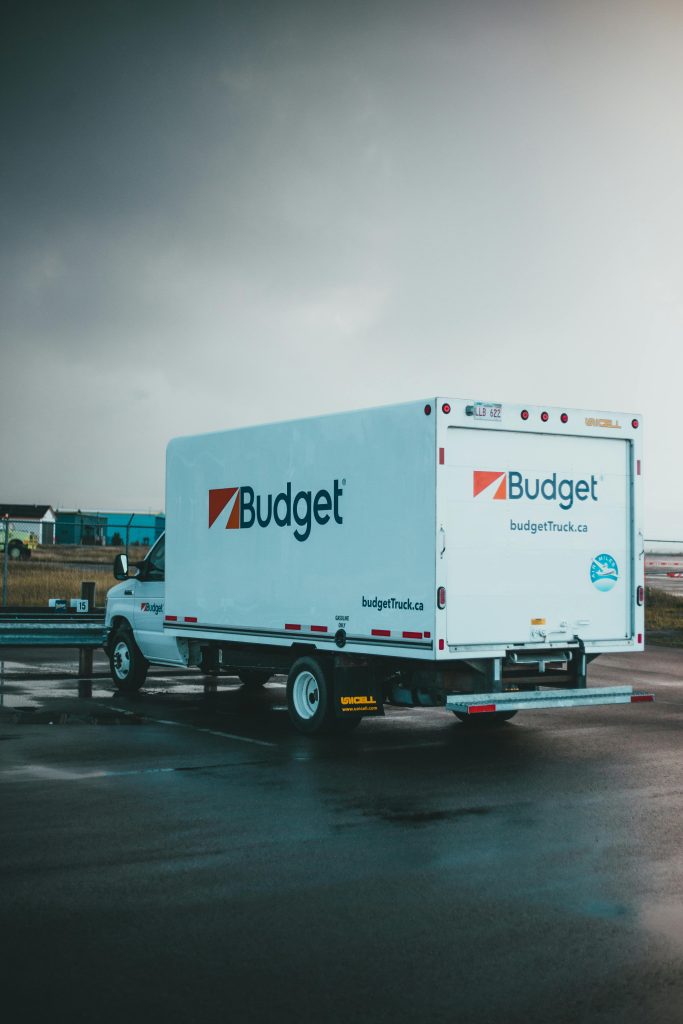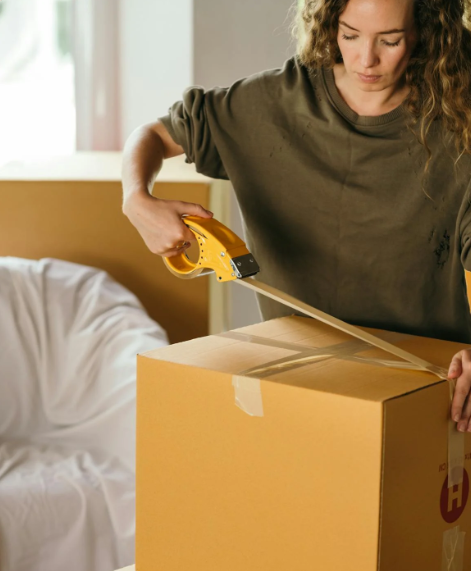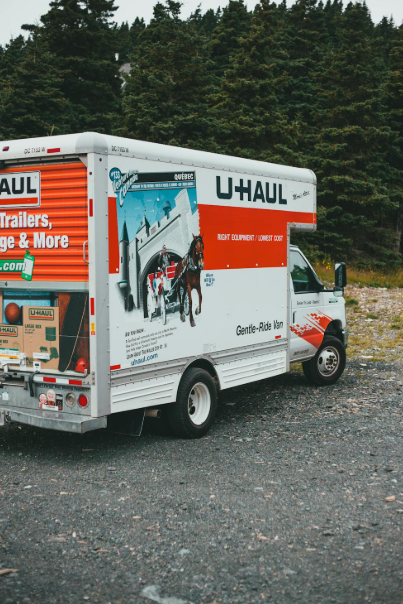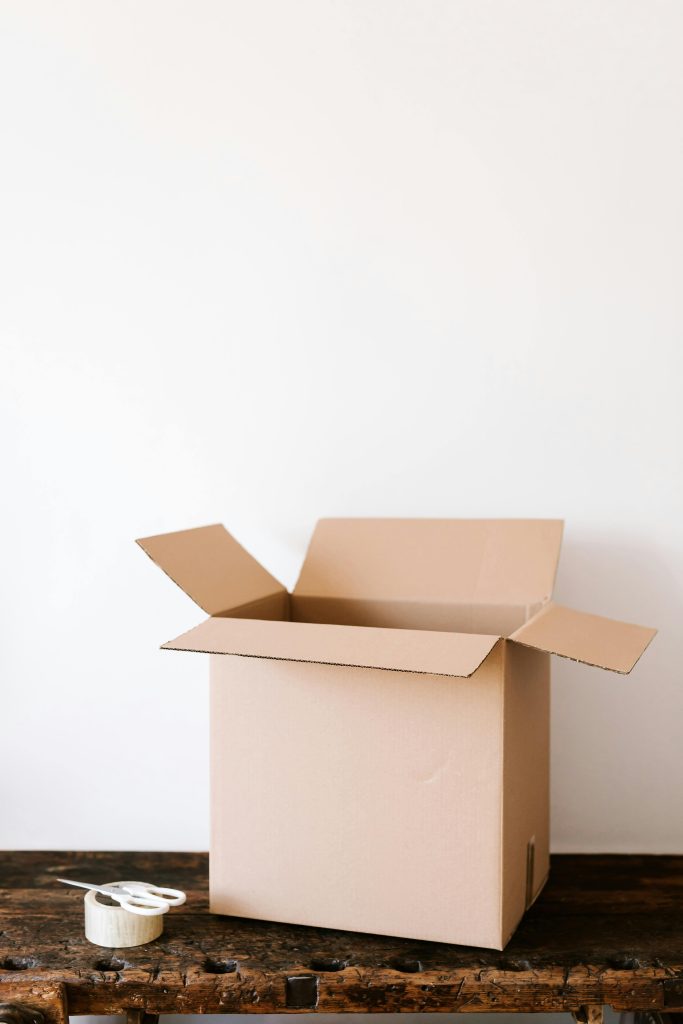Essential Tips for Moving Into Your First Home Successfully
Moving into your new home is a moment you’ll never forget. It’s a mix of excitement, chaos, and asking yourself if you forgot something. So, if you’re feeling overwhelmed by the chaos, don’t worry. It doesn’t mean you’re doing it all wrong. It means you’re doing something big.
Whether you’re starting fresh with a partner or finally getting a place that’s entirely yours, this guide will walk you through every step. Let’s dive in!
Pre-Move Planning
So, you’ve picked the big day and you’re moving into your first home. Now what? Even if you think you’ve got plenty of time, trust us: Move Day sneaks up faster than you think. The earlier you start prepping, the smoother (and less stressful) your move will be.
First things first? This checklist.
Let’s get you ready well before the boxes start piling up.
Setting a Budget
Moving can get expensive…fast. Without a solid plan, costs can snowball up before you even notice.
Between packing supplies, moving trucks, storage solutions, and last-minute takeout meals, it’s easy to lose track of what’s essential and what’s not. That’s why your first step should be creating a clear, realistic budget.
Start by listing out your must-haves: moving supplies, professional movers, and storage services if needed. Then, build in a buffer for unexpected expenses and emergencies (because there will be some for sure). Take the time to research and compare quotes for moving companies and storage options. A little digging now could save you a lot later.
Start Packing Early
The last thing you want on a moving day is to realize you forgot to pack something or that you’re missing boxes, tape, or anything of that nature. Chaos loves to show up uninvited. That’s why it’s smart to start packing earlier than you think you need to. Today might be the perfect day to begin.
Start small: pack away seasonal clothes, books you’re not reading, or dismantle big furniture you won’t be using before the move. Every box you pack now is one less thing to stress about later.
Choosing the Right Storage Space
Let’s be real: moving is messy, and not everything needs to come with you on day one. That’s where having a smart storage plan can seriously save your sanity.
If you like the idea of packing at your own pace (and not tripping over boxes in every room), renting a local storage unit might be a good idea. Take the time to do your research about self-storage units in your area while you’re still in this preparation phase so that you can be more relaxed later. Consider all your needs, budget carefully and find a storage container that fits you best.
Decluttering and Downsizing
The less stuff you move, the easier your life will be. Moving is the perfect excuse to finally let go of things you don’t use (or even like). Go through cabinets, closets, and that mysterious drawer full of tangled cords. If it’s not coming with you into your new life, it probably doesn’t need to come at all.
Donate, sell, or store items you’re not ready to part with. But be ruthless. The rule of thumb to have in mind is: Less stuff = fewer boxes = less stress.
Packing Essentials
Before the real chaos begins, make sure you’ve got all your packing supplies ready to go. Think of sturdy boxes, strong packing, bubble wrap, markers, and labels. Start packing one room at a time to stay organized and avoid the dreaded “Where does this even go?” panic later.
Label each box clearly with its contents and the room it belongs in. Want to make things even easier? Try color-coding your boxes by room so you (and your movers or helpers) can instantly see where everything should go.
Set Up Your Utilities
When moving into your first home, one of the most important (and often overlooked) tasks is setting up your utilities. Ideally, you’ve scheduled everything, from electric, gas, water, and internet, to be connected by move-in day but now’s the time to double-check that everything is working as it should.
Test your heating and cooling systems, flip on the lights, run the taps, and make sure your broadband is live (or at least scheduled for installation soon; some providers need a couple of weeks’ notice).
Trust us, after a long day of unpacking, you’ll want to kick back with a good show or scroll your phone without scrambling for Wi-Fi.
Don’t forget to set up garbage collection with your local waste service, and if you’re moving out of a rental, take final meter readings and pass them on to the relevant utility companies. While you’re at it, update your address with the bank, employer, and post office to avoid future admin headaches.
Moving and Logistics
The prep part is done. Now, it’s time for moving and logistics. Here’s everything to have in mind to stay on top of your game.

Hiring Professional Movers
Professional movers can take a huge load off your shoulders. But don’t book the first team you find online.
Compare prices, read reviews, and make sure the company is licensed and insured. You want people who will treat your belongings with care, show up on time, and communicate clearly. A good moving crew can make the whole day feel ten times smoother.
Moving Day Essentials
When the big day arrives, things will move fast… literally.
Having a “first-night” box can be a lifesaver. Pack it with everything you’ll want easy access to: toiletries, a change of clothes, chargers, snacks, and any essentials you’ll need to feel human after a long day of hauling boxes. Keep your important documents, jewelry, and valuables with you. And before you unplug your electronics or take apart furniture, snap a few photos. It’ll make reassembly way easier on the other end.
Using a Storage Unit
If your move-in doesn’t line up perfectly or if you just want to keep clutter out of your new space, a storage container can be a game-changer.
It gives you the flexibility to unpack at your own pace and keep non-essentials tucked away until you’re ready for them. It also helps if you’re still figuring out where everything will go in your new place. Just be sure to choose a clean, secure facility for storing stuff, even if it’s just temporary storage. It’ll make the moving process much more relaxing for you.

Unpacking and Organizing With Purpose
Resist the urge to unpack everything in one go. You’ve got time. Start with the rooms you use most, like the bathroom, bedroom, and kitchen. Use bins and baskets to keep things tidy, and take your time making each space feel right. There’s no rush. It’s your new home now; you get to move in your way.
Settling In
We can all agree that this is the best part of moving into your first home. You’ve made it through the packing tape and the endless boxes. But before you fully kick back and relax a few final steps will help you feel truly settled and ready to call this place home.
Do a Complete Walkthrough
Before you get too comfortable, walk through each room while it’s still relatively empty. This is the best moment to make a to-do list of all things that need fixing or taking care of or just simply adding your own finishing touches to it.
Go room by room and check the following:
- Test all outlets, light switches, plumbing fixtures, windows, and doors to make sure they’re functioning properly
- Look for signs of damage, debris, pests, mold, or anything else that might need immediate attention
- Confirm that everything that’s included in the sale is still there
- Ensure that all agreed-upon repairs by the seller have been completed
- Walk the exterior and check that the lawn and outdoor areas are in reasonable condition
Home Essentials
There are a few things you’ll want to have on hand from day one to make your new space feel functional and comfortable. This home checklist covers all the essential items you need to purchase. Start by stocking up on cleaning supplies, toiletries, paper goods, and kitchen basics so you’re not scrambling for essentials in the middle of packing.
It’s also a smart idea to invest in a small tool kit, some extension cords, and extra batteries. Those little fixes and setups tend to pop up when you least expect them.
And of course, double check that your utilities are up and running, including water, electricity, internet, and cable services, so your new home is fully livable from the get-go.
Deep Clean the House
Even if your new house looks clean, giving it a once-over with your own supplies will give you peace of mind. Here are some tips:
- Clean high surfaces first – ceiling fans, lights, and shelves can drop dust onto lower areas
- Sanitize the fridge – It’s a priority for storing perishables; use warm water and vinegar
- Tackle the rest of the kitchen – clean cabinets inside and out, appliances, and countertops
- Deep clean bathrooms – disinfect thoroughly, and consider replacing toilet seats
- Go item by item – vacuum and wipe down overlooked areas like light switches and closet interiors
- Finish with the floors – sweep, vacuum edges, and mop with appropriate cleaners
A fresh start begins with a clean slate. Basically, reset the space so it truly feels like yours.

Schedule Home Improvements
Before you fully move into your new home, take a moment to tie up any loose ends. You probably discovered a few necessary repairs during the buying process, like leaky plumbing or windows that don’t lock, and it’s much easier to tackle these as soon as you move in.
It’s also a great time to take care of other upgrades, like painting walls or installing built-ins, while the house is still empty. Knocking out these projects early means fewer disruptions later and a smoother transition into your new home.
Check Home Appliances
Before you get too settled in, take stock of your home’s appliances. If your new place doesn’t include essentials like a fridge, stove, or dishwasher, now’s the time to budget for them and schedule delivery and installation. Even if you’re bringing appliances from your old place, make sure they fit in and inspect them for signs of damage if movers transport them here.
If your new home comes with appliances, make sure they work and test everything. Turn on the stove, run a dishwasher cycle, and check the fridge and freezer temps.
Plan Your Home Decor
You don’t need to decorate everything all at once. Half the joy is in dreaming and planning.
While it’s tempting to dive right in, rushing can lead to costly mistakes or choices you’ll want to undo later. Take your time to get a feel for the space, live in it a little, and figure out what works for your lifestyle and taste. Thoughtful decisions will help you create a home that feels not just stylish but truly yours in every way.
Meet Your Neighbors
A quick wave, a friendly hello, or introducing yourself in passing can go a long way. Building even a little connection with your neighbors helps you feel more at home. You never know when you’ll need a local recommendation or just a friendly face next door.
Final Thoughts
Moving into your first home is a huge life event. It comes with big emotions, long to-do lists, and a lot of decisions. But it’s also the beginning of something amazing. Take your time, stay organized, and remember to celebrate big wins along the way.
And if you need a little extra help staying clutter-free during the chaos, My Storage Box is here to make your move smoother. We offer secure, affordable storage with 24/7 access, video monitoring, and gated entry so you can focus on turning your house into a home without worrying about your stuff. Whether you need long term or short term storage, we’ve got you covered.
Ready to make the move? Call us at (580) 300-3006 or reserve your unit online today.




